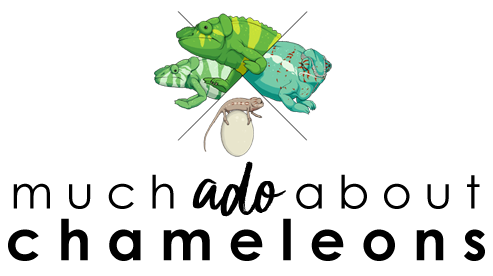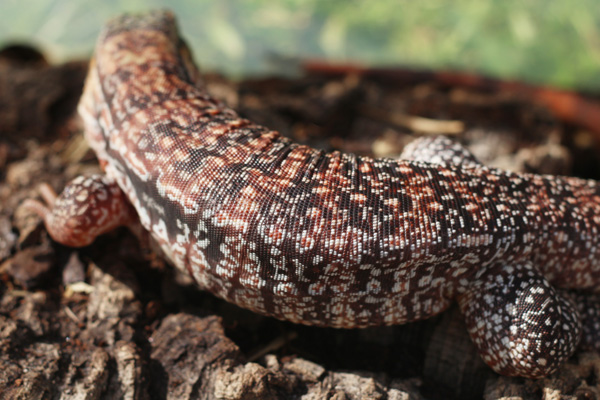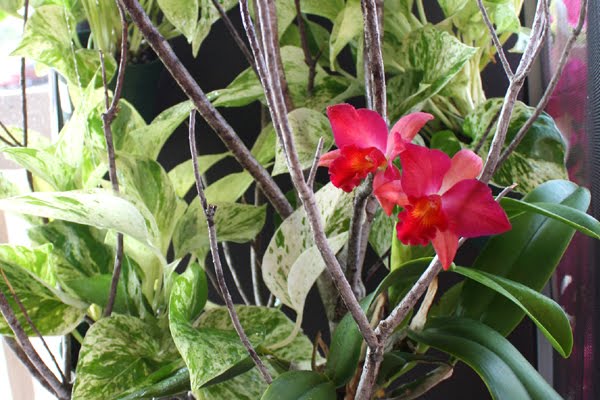If you saw last week’s blog post you might be a slightly
horrified right now. A little like when we watch Monsters Inside Me and vow to never eat anything even remotely
containing pork in a sketchy south-east Asian rural food stand. Easy enough; don’t
order Yam naem sot while driving
through the backwoods of Thailand. The bad news, however, is that it’s not as
straight-forward to avoid parasitic infections in our herps. How do we
keep the same thing that happened to Fox the panther chameleon from
happening to other reptiles in our homes?
Parasites are everywhere, unfortunately. If you’ve spent any
time on reptile groups or forums then inevitably you’ve heard that feeding
wild-caught bugs (like grasshoppers, crickets, mantids, etc. from outside)
carry a high risk of infecting your pet with parasites. This is true. However,
this does not, contrary to popular misconception,
mean that if your pets only eat captive farmed insects like crickets and
superworms, that they will never catch any parasites. A biologist I knew, Pete
Bandre (owner of Incredible Pets in Melbourne, Florida for a good two decades),
told me once about an informal study he did once. He wanted to see if any
cricket suppliers had “cleaner” crickets than others, so he ordered a bulk box
from all the top suppliers in the US. He had each supplier’s stock sampled and
they all came back positive for things like pinwom and even coccidia. Yikes!
Ok, so if even our innocent pet store crickets are riddled
with the potential for parasites, the only things we can do are mitigate risk,
do preventive testing and treatment, and treat parasite loads as necessary.














